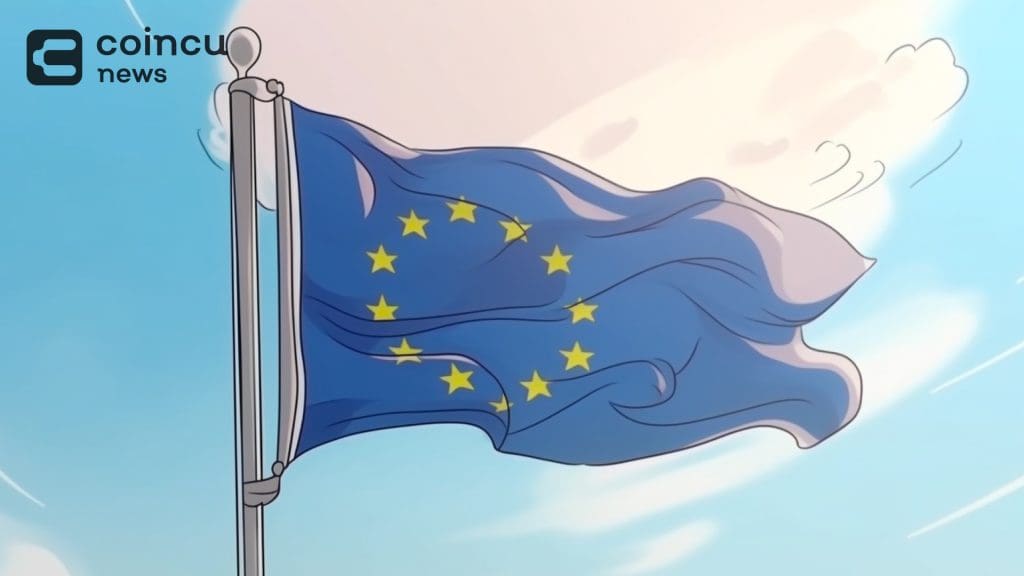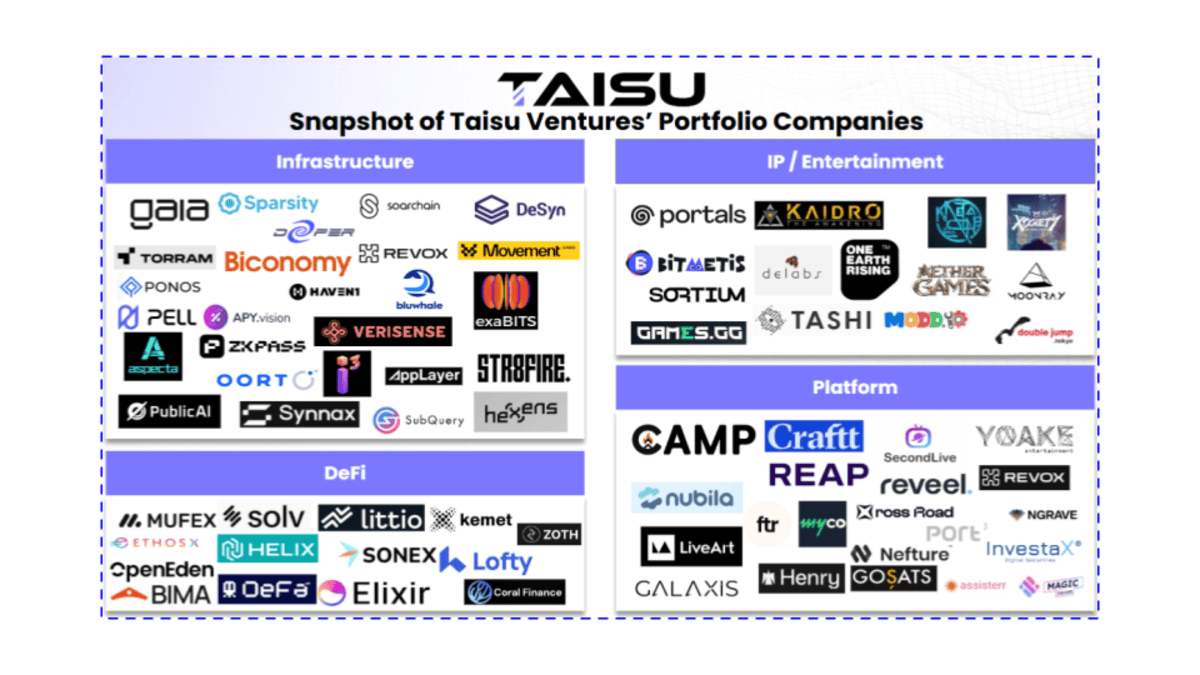Key Points:
- The EU has declared MEV illegal under the MiCA regulation.
- MEV trading in EU harms users and must be reported by trading platforms.
- ESMA seeks feedback on a draft reporting template, with a deadline of June 25.
The European Union (EU) has identified Maximum Extractable Value (MEV) as an illegal market manipulation strategy under its Markets in Crypto Assets (MiCA) regulation.

MEV Trading In EU Is Facing Challenges
MEV, which involves blockchain operators reordering transactions to increase profits at the expense of transaction senders, has been a contentious topic within the crypto industry. The European Securities and Markets Authority (ESMA) released its third consultation package to clarify how certain legal claims should be interpreted, including the treatment of MEV trading in the EU.
MEV can reduce end-user profits through tactics like frontrunning and sandwich attacks. While some industry experts argue that MEV can enhance blockchain network efficiency, its negative impacts on users have prompted regulatory scrutiny. Patrick Hansen, Circle’s EU Strategy and Policy Head, noted that the recent ESMA paper clearly defined MEV trading in EU and its implications for market abuse.
ESMA Seeks Feedback on Reporting Template by June 25
The ESMA highlighted that MEV trading in EU, such as frontrunning, allows miners or validators to profit by reordering transactions, which constitutes market abuse under MiCA. To combat these practices, ESMA has mandated that trading platforms report instances of MEV-related market abuse. The regulator aims to make MiCA’s provisions comprehensive and clear, addressing transaction-related and operational blockchain activities.
ESMA published a 6-page draft template for reporting suspicious transactions as part of its regulatory efforts. This draft, open to stakeholder feedback until June 25, may undergo further modifications. ESMA and the European Banking Authority (EBA) have been consulting on measures and guidance required under MiCA, seeking input from industry stakeholders to refine the rules, particularly for service providers.
| DISCLAIMER: The information on this website is provided as general market commentary and does not constitute investment advice. We encourage you to do your own research before investing. |






















